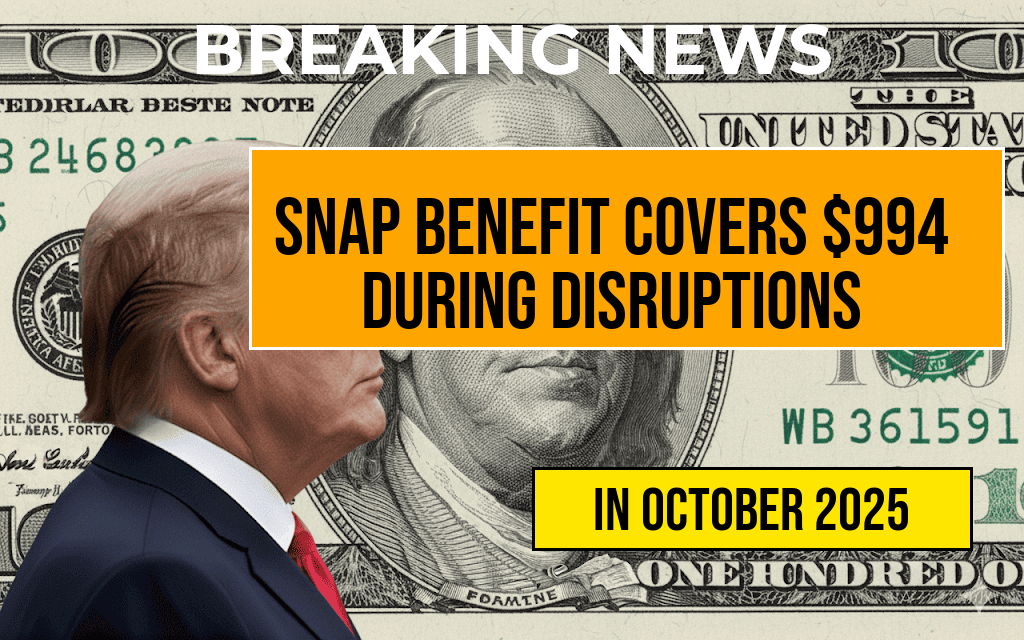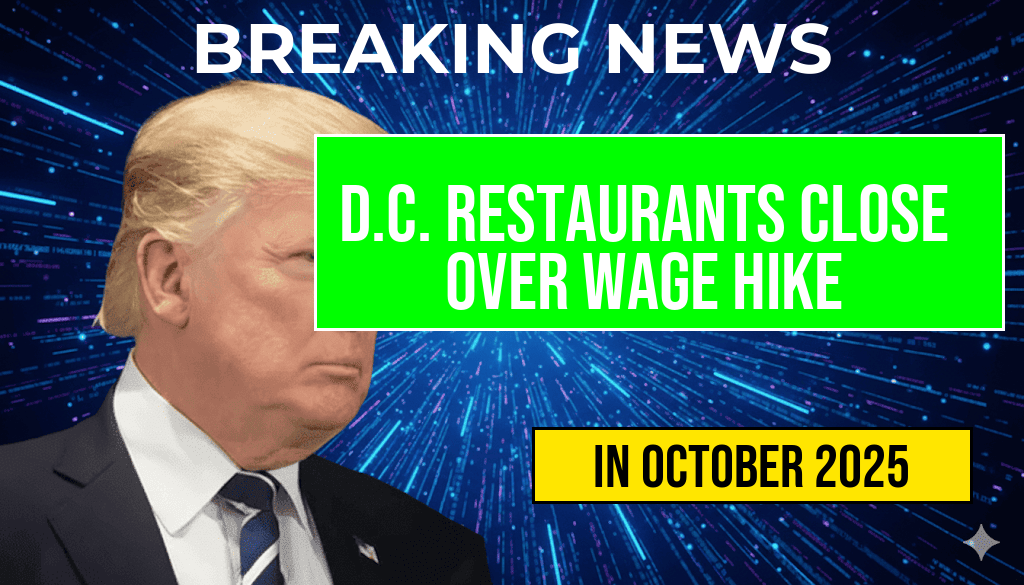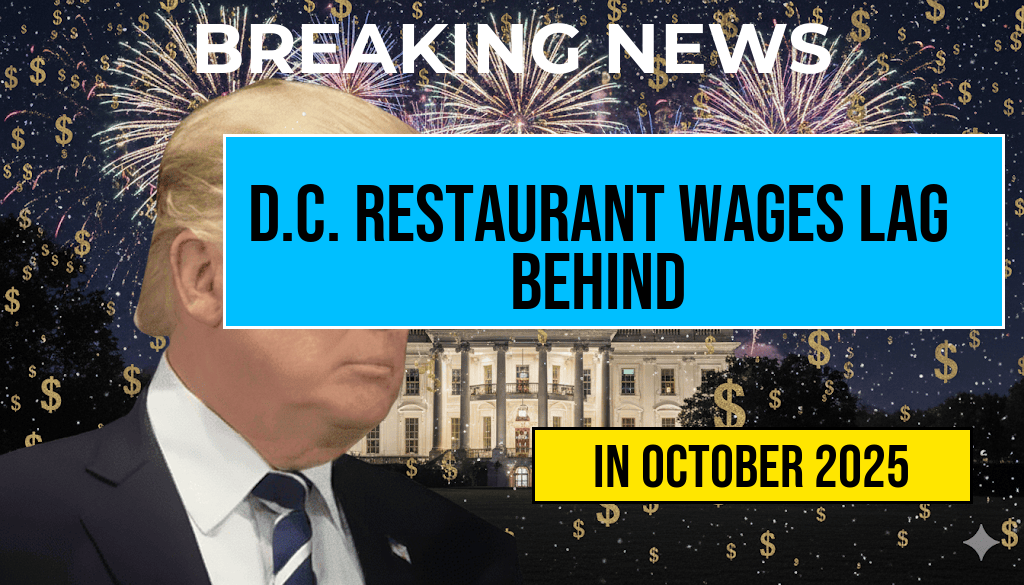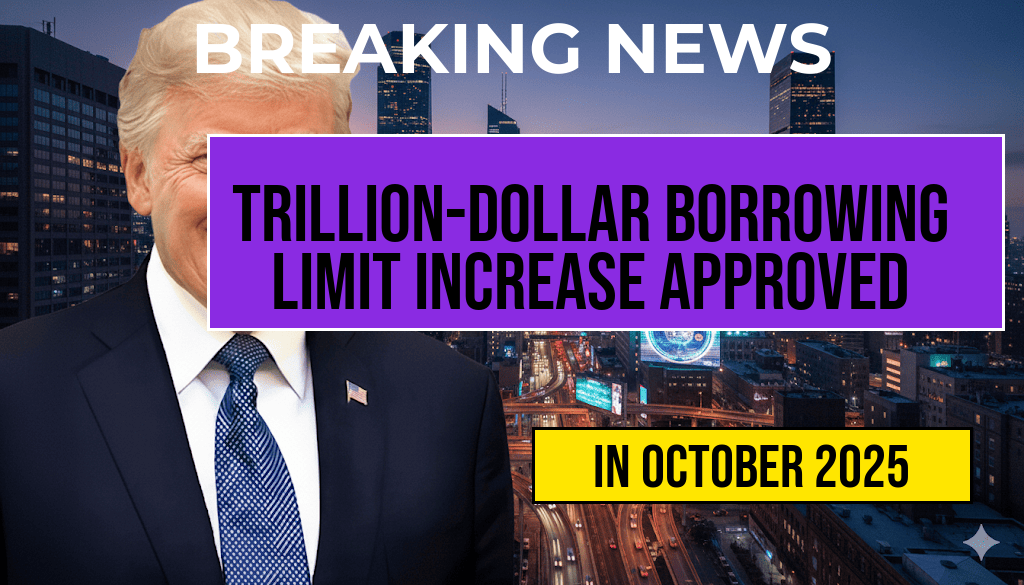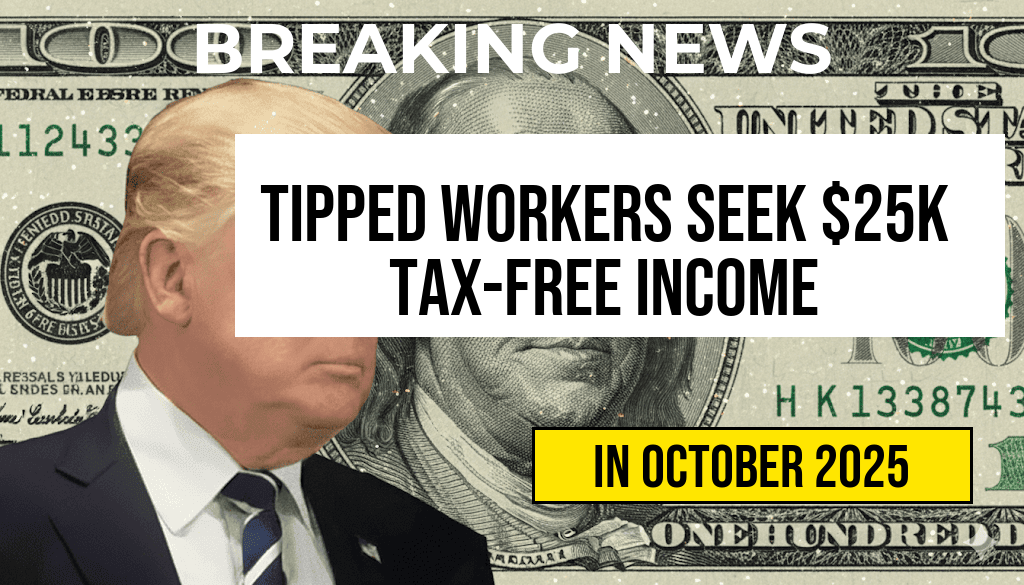Workers in the Washington, D.C. restaurant industry are facing a significant disparity in earnings due to stagnant base wages. Despite rising menu prices and increasing living costs, the city’s minimum base salary for restaurant staff remains at $10 per hour. When compared to a hypothetical scenario where wages are increased to $12 per hour, restaurant workers would see an average annual income boost of approximately $4,160. This gap highlights ongoing debates about fair compensation in the hospitality sector and underscores how wage policies directly impact workers’ earnings and economic stability.
Wage Stagnation in D.C.’s Restaurant Industry
The District of Columbia has maintained a $10 per hour minimum wage for restaurant employees, a figure that has remained unchanged for several years despite inflation and increased operational costs. This policy has drawn criticism from labor advocates and industry stakeholders alike, arguing that stagnant wages hinder workers’ ability to meet basic living expenses. As of 2023, the federal minimum wage stands at $7.25, but many states and cities have implemented higher local minimums to reflect regional economic conditions. D.C., however, has kept its baseline relatively low compared to neighboring jurisdictions.
Impact of Wage Differences on Earnings
To quantify the financial implications of wage stagnation, consider a typical restaurant worker who works 40 hours per week. At the current $10/hour, their gross weekly income amounts to $400, leading to an annual income of approximately $20,800 before taxes. If wages were increased to $12/hour, the weekly earnings would rise to $480, translating into an annual gross income of roughly $24,960. This increase of $4,160 per year represents a substantial difference that can influence workers’ ability to cover rent, healthcare, and other essentials.
| Wage Rate | Weekly Income (40 hrs) | Annual Income (52 weeks) |
|---|---|---|
| $10/hour | $400 | $20,800 |
| $12/hour | $480 | $24,960 |
Broader Economic Implications
The wage disparity not only affects individual workers but also has ripple effects across the local economy. Higher wages tend to increase consumer spending, which benefits restaurants and other small businesses. Conversely, stagnant wages can contribute to higher turnover rates, increased reliance on public assistance programs, and reduced overall economic resilience among service industry employees.
Legal and Policy Context
The city’s current wage policy stems from a complex interplay of local legislation, economic priorities, and industry lobbying. While some advocates push for a gradual increase to a $15 minimum wage, others fear that rapid increases could lead to reduced employment opportunities or increased automation. The debate continues as policymakers weigh the potential benefits of higher wages against the economic realities faced by restaurant owners.
Voices from the Industry and Workers
Workers have voiced concerns about the limits of their earnings, especially during the pandemic recovery period when layoffs and reduced hours have become common. Many express that wages do not reflect the rising costs of living in D.C., which has one of the highest housing prices among U.S. cities. Industry representatives argue that wage increases could lead to higher menu prices and potentially reduce customer traffic, but workers insist that fair pay is essential for economic stability and dignity.
Potential Solutions and Future Outlook
- Gradual wage increases: Phased approaches to raising minimum wages could balance economic sustainability with fair compensation.
- Performance-based pay: Implementing tips and bonuses to supplement base wages may help workers earn more without burdening business owners.
- Policy reforms: Local government initiatives aimed at indexing wages to inflation could prevent stagnation in the future.
As discussions continue, stakeholders across the spectrum are watching closely. The outcome may set a precedent for how urban centers address wage policies amidst economic challenges and serve as a benchmark for other cities grappling with similar issues.
For more details on minimum wage policies and economic impacts, see Wikipedia’s overview of wage laws and Forbes’ analysis of wage hikes and small businesses.
Frequently Asked Questions
What is the current minimum wage for restaurant workers in Washington D.C.?
The current minimum wage for restaurant workers in Washington D.C. is maintained at $10 per hour.
How does the D.C. wage compare to other states or cities?
Compared to areas with a higher minimum wage, D.C.’s $10/hr base salary results in restaurant workers earning significantly less, specifically $4,160 less annually than those earning $12 per hour.
What is the annual income difference for workers earning $10 versus $12 per hour?
Workers earning $10 per hour earn approximately $4,160 less annually than their counterparts earning $12 per hour.
Why is maintaining a $10 minimum wage considered a concern for restaurant workers?
Maintaining the $10 minimum wage in D.C. limits workers’ earning potential, leading to a significant income disparity compared to higher wage standards elsewhere, impacting their financial stability.
Are there any plans to increase the restaurant minimum wage in D.C.?
As of now, the article indicates that D.C. is maintaining the $10 base salary, but there is ongoing discussion about wage increases to address income gaps and improve workers’ earnings.


